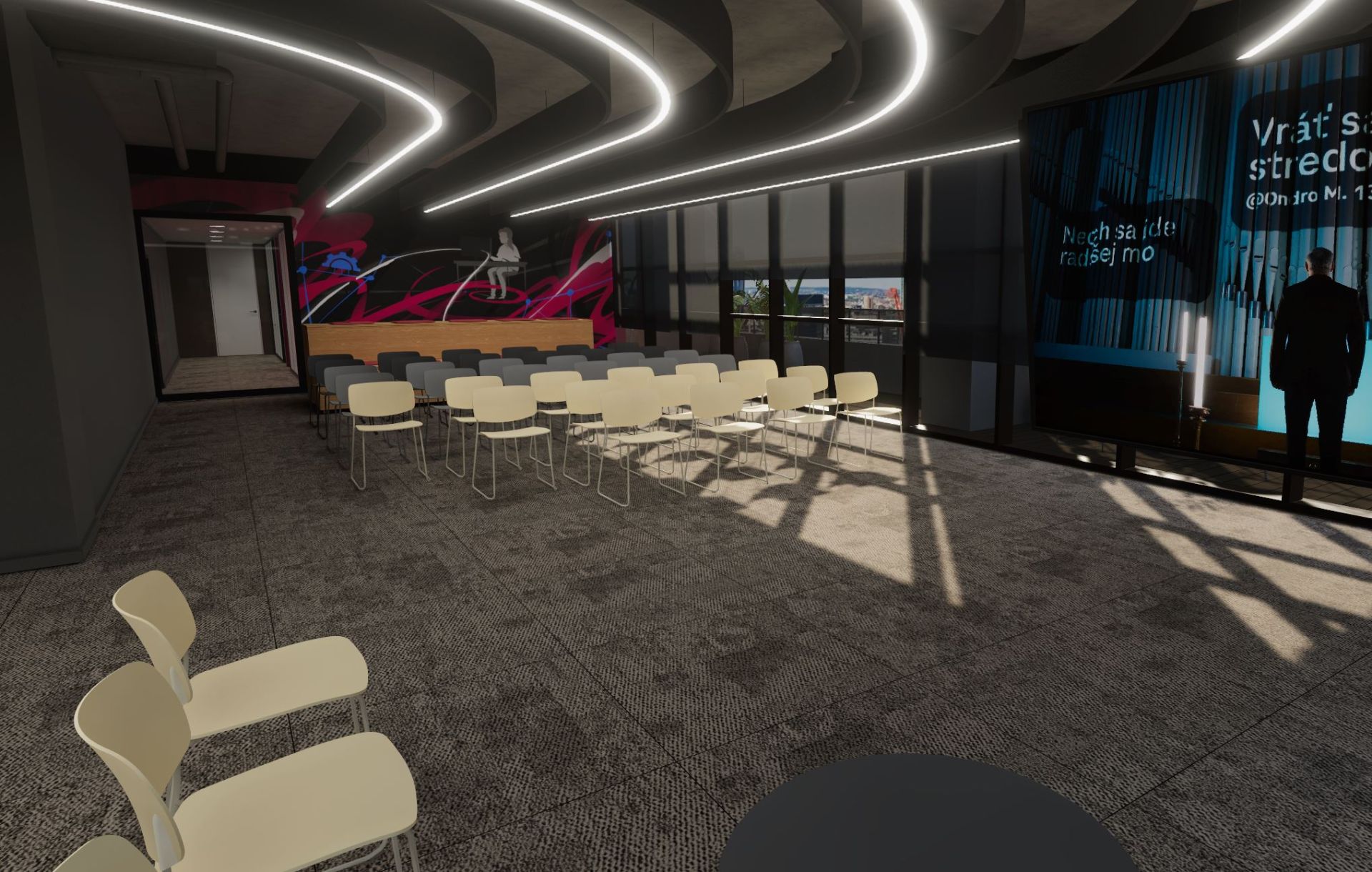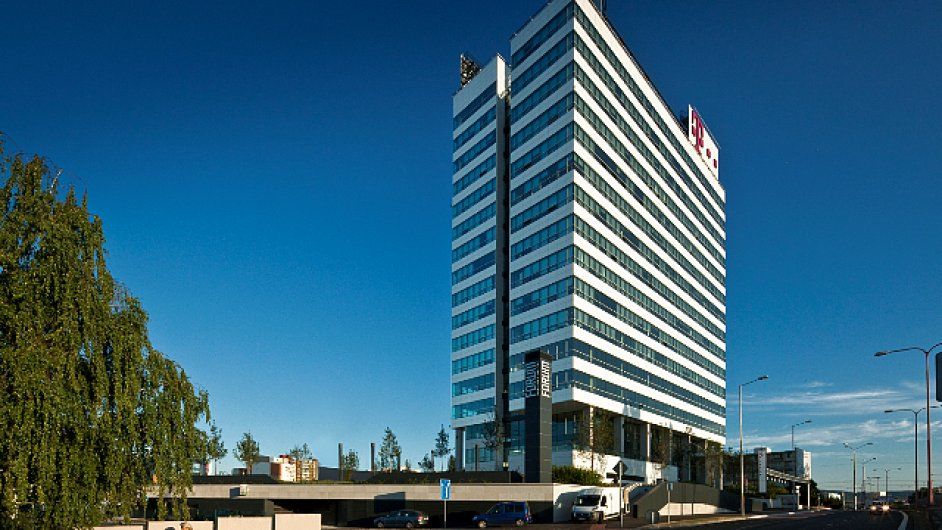How did VR help the renovation of Slovak Telekom’s headquarters?
You Find the Problem, Discuss a Solution, and Immediately Implement It, Architect Jakub Seči Says of the Benefits of Using VR.
You Find the Problem, Discuss a Solution, and Immediately Implement It, Architect Jakub Seči Says of the Benefits of Using VR.
What benefits does virtual reality offer to developers, architects, and end users? What projects are ideal in terms of using VR? And how did VR help the renovation of Slovak Telekom’s headquarters? We interviewed Capexus Bratislava office head architect Jakub Seči.
What spurred your client (Slovak Telekom) to work with the Virtuplex?
I thoroughly recommended working with the Virtuplex. I viewed several projects in the Prague Virtuplex and I knew that the investment into VR will certainly bring fruit in the case of renovating Slovak Telekom’s HQ that was an upgrade of a large and segmented space with a number of technological advances. The client was especially impressed with seeing the vision for the final T-Mobile Experience Centrum, which was transposed beforehand into Virtuplex. Just a day after the tour, I received an order from Slovak Telekom to launch cooperation with the Virtuplex on the renovation of its headquarters. Specifically, we transposed one multi-purpose floor used for social gatherings, presentations, and other group activities into VR.
What changes did you make to the proposal because of the tour in virtual
reality?
They were mostly technical aspects that weren’t resolved in the first view that we didn’t notice or deal with because of time constraints. We didn’t realize that seeing the idea in space is unforgiving when compared to other types of visualizations. We then perfected the proposal before presenting it to the leadership of Slovak Telekom.
How important is this tuning with the client before launching construction and
can virtual reality be a fundamental tool in this process?
You always want to perfect the proposal to the maximum satisfaction of the client, which makes virtual reality an irreplaceable aid. It helps you catch things the client wouldn’t otherwise notice, which would have to be changed during the actual construction. We often encounter these collisions and other problems when preparing project documentation, but even then we have to explain to the client why the changes are necessary, why construction will take longer, etc. But VR offers all that at once. You find a problem, discuss a solution, and immediately implement it.


What did the VR tours look like?
The meetings in virtual reality took place in two phases. We first invited the Slovak Telekom executives in charge of the renovation to the Bratislava Virtuplex where we discussed specific user issues. This was to ensure the leaders of the company would be satisfied when they viewed the proposal in the second round. Everyone was delighted by the tours. After touring the space in VR, we received about 8 more or less fundamental requests for adjustments that were then incorporated into the design.
I also want to note the option for remote access from Prague used by two colleagues from T-Mobile. Although there were 300kms of distance between us, we could all meet in one space and discuss everything.
After your experience with VR, do you think it makes sense to transpose the
project into VR in the advanced phases or should VR be used in the opening phase of the project?
It would be ideal to work in the Virtuplex from the beginning. Creating a visualization with the client at the beginning takes a huge amount of time, and they are not always understood. So, you revise them again and again. But everyone can understand the design in VR.
How hard is it for a normal client to see the actual design from the
visualizations?
That’s very individual. There are those who don’t see anything and then those who can see things realistically and VR only confirms their visions. Virtual reality is an excellent tool even for those with a good imagination because the VR experience is irreplicable, and the presentation then takes on a new dimension.
Can you give us the clients for which VR is an appropriate tool?
I think cooperation with the Virtuplex is great for all complex projects. It also must be a large project for the client to be able to afford the cost of the investment. I believe virtual reality will become more and more popular with end users, and it will become a regular tool for presenting architectural projects in the future.
Do you think using modern technologies such as VR is becoming a necessity
in architecture today, or do architects still have time to jump on the bandwagon?
I see VR as a dual-purpose tool of the future. One part will be design and the visual that will show the project, and then there is the technical side that includes resolving conflicts and construction adjustments, which is the most expensive part of projects. I don’t know if using VR will become a necessity. However, there is some progress already in schools. For example, the Brno Technical University (VUT) has already set up a virtual studio for students, which means VR will be used to a greater extent in the future.
It will certainly be a great sales tool for developers. Many are already working with the Virtuplex consistently to leverage the benefits of virtual reality. On the other hand, VR allows architects to spend more time on the design and not on technical transpositions and rendering, which take hours. And last but not least, the client will benefit from the desired wow effect.